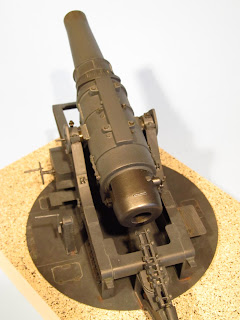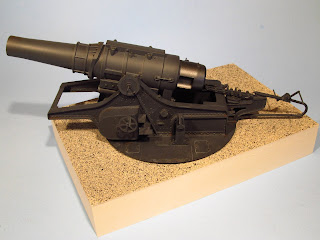In the mid-1950s the Soviet KGB began an intelligence operation against Canada to acquire data about the new experimental Avro Arrow
CF-105 programme. Eventually the Central Committee approved a plan for the KBG to acquire and pass on raw material from agents in Canada (thought to be related to the Gerda Munsigner spy ring involving Conservative party cabinet ministers) to the Tupolev design bureau with order to produce one airframe and a set of large-scale test models. The USSR was at that time seeking ultra-fast high-altitude interceptors to protect the country from invading US bombers and spy aircraft. Code-named "
Kraznaya Strela" (Red Arrow), the aircraft was formally called the
Tu-98A. The project was eventually abandoned when the MiG design bureau was selected to design and produce the MiG-25 ultra-fast, high-altitude interceptor. This is all conjecture based on one document (see below). There is some confusion as the Tu-98A designation appears to have been used by different USSR agencies for two different (but similar) aircraft, neither of which was deployed.
The model kit is the old HobbyCraft 1:72 scale Avro Arrow kit very slightly modified to the reflect what it is thought the Tu-98A looked like in about 1958. I began this kit in the late 1990s and finished it in May 2017.
Paint is Vallejo steel acrylic airbrushed on, with Tamiya smoke airbrushed onto the tail pipes. Decals are various sources.
 |
| Tu-98A "Red Arrow" |
 |
| The KGB document reads in part that the CPSU directs the special offices of the KGB to organize a project called Kraznaya Strela (Red Arrow) through the Tupolev OKB to produce one Soviet version of a Canadian Avro Arrow CF-105 based on intelligence data, and to be designated the Tu-98A. The airframe was to be tested at the Zhukovsky air base. This document may not be true and is subject to verification by archivists. |
 |
| Tu-98A "Red Arrow" |
 |
| Tu-98A "Red Arrow" |
 |
| Tu-98A "Red Arrow" |
 |
| Tu-98A "Red Arrow" |



























































